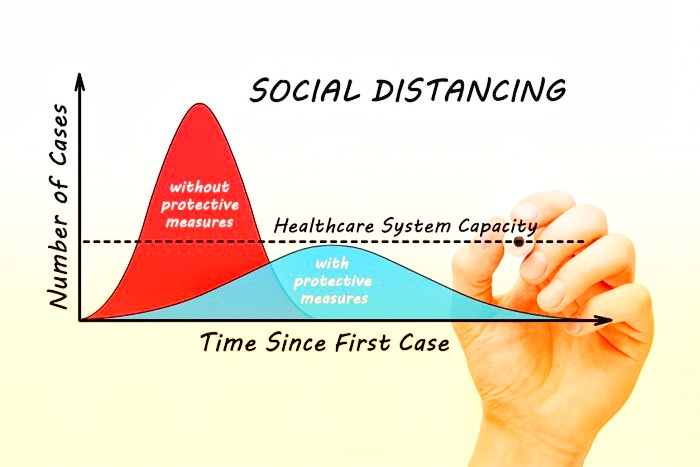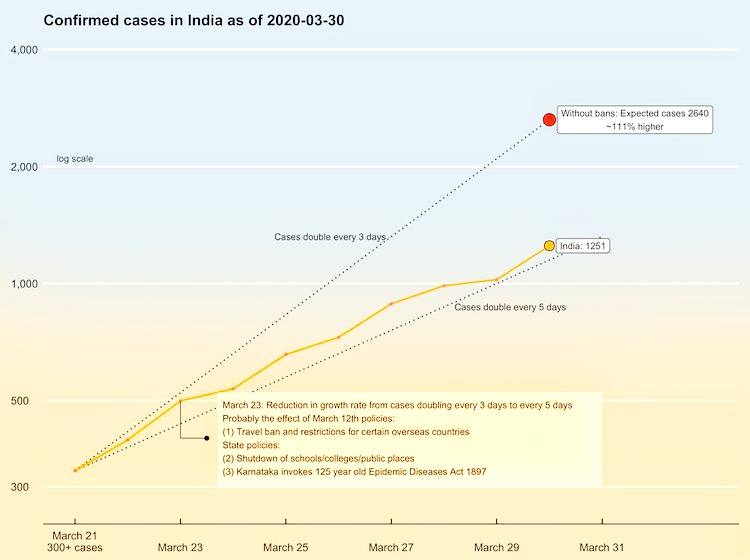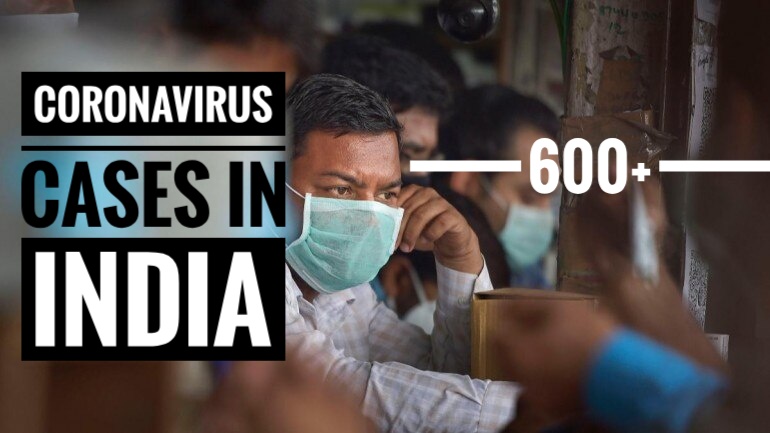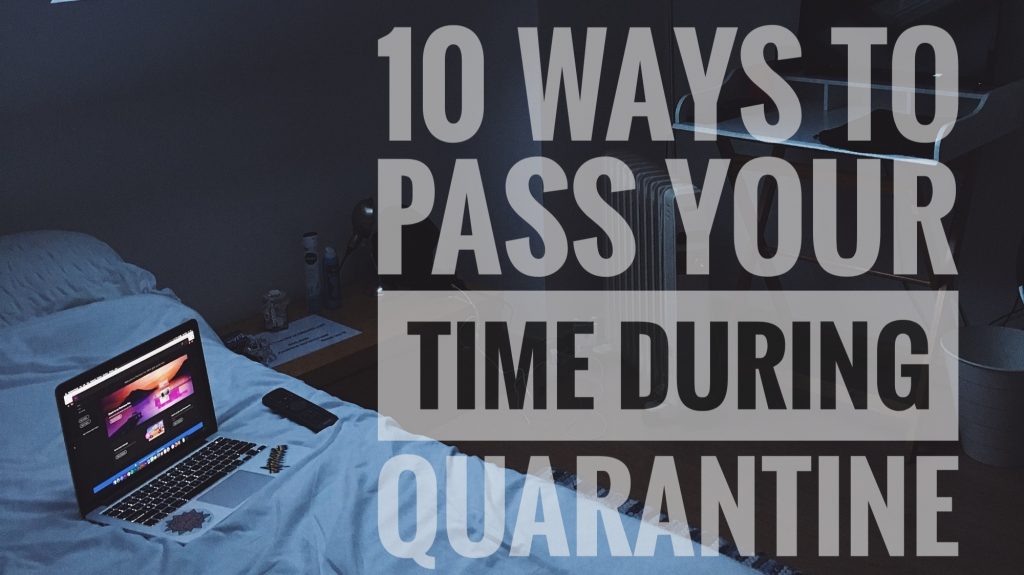COVID – 19(Corona Virus) is an infectious disease caused by a new virus. The outbreak of the coronavirus has been labelled a pandemic by the World Health Organization (WHO). The disease was first identified in 2019 in Wuhan, the capital of Hubei, China, and has since spread globally, resulting in the 2019–20 coronavirus pandemic. The disease causes respiratory illness (like the flu) with symptoms such as a cough, fever, and in more severe cases, difficulty breathing. Other symptoms may include muscle pain, sputum production, diarrhoea, sore throat, and loss of smell. While the majority of cases result in mild symptoms, some progress to pneumonia and multi-organ failure.
India’s prime minister ordered all 1.3 billion people in the country to stay inside their homes for three weeks starting Wednesday, 25th March, 2020— the biggest and most severe action undertaken anywhere to stop the spread of the coronavirus.
The nationwide lockdown followed a series of decrees that had been steadily growing more stringent, and some people had been expecting Mr. Modi to announce something even more severe, like a nationwide state of emergency and declaration of martial law.
The 21-day nationwide lockdown gives India an opportunity to flatten the new coronavirus curve, especially if widespread testing is carried out during this period — the absence of which will increase chances of resurgence of cases after the lockdown period is over, leading health experts warned on Thursday, 26th March, 2020.
“The number of cases doubling in a few days is not actually a surprise because these people acquired infection sometime in the past before the lockdown. They are developing symptoms and coming to light now,” Professor Vivekanand Jha, Executive Director at The George Institute for Global Health in India told IANS.

In fact, the number of cases are likely to continue to increase in the next one or two weeks at least.
“Because the incubation period is two weeks, if someone got infected, for example the day before yesterday, that patient may develop symptoms even after two weeks,” Jha informed.
“The lockdown will obviously flatten the curve somewhat, but there is a risk of resurgence of the disease. Or the curve will go up again unless in the meantime we strengthen our healthcare system, both in terms of providing more testing, but also in terms of augmenting our hospitals so that if cases appear later on, the hospitals will be able to provide appropriate care to those people,” he emphasised.
Called an epidemic curve, or ‘epi’ curve, India shows a hypothetical number of cases in a pandemic over time without an intervention and with an intervention. The dotted line represents the capacity of the hospitals and our healthcare systems.
If we didn’t take the measures like social distancing and the lockdown, it’d be like the case in the first epi curve. The one with the steep peak indicating a surge of coronavirus outbreak in the near term.
If we took those measures, then the number of cases could pan out as in the second epi cruve. The one with a flatter slope, indicating a more gradual rate of infection over a longer period of time.
Over 95% of the coronavirus cases reported over the last two days in India have been found to have links with the Tablighi Jamaat congregation in Delhi.
As per the ministry of health and family welfare statistics, the 647 coronavirus cases reported over the last two days have been linked to the Tablighi Jamaat.
The ministry data shows the two-day increase as 664 in India – 328 on Thursday and 336 on Friday. The official data released by the ministry at 4 pm on Friday put the total number of cases in India at 2,301 and 56 deaths, with 12 deaths being reported in the last 24 hours.

Tablighi Jamaat links have been found in cases across 14 states including Andaman and Nicobar, Assam, Delhi, Himachal Pradesh, Haryana, Jammu and Kashmir, Jharkhand, Karnataka, Maharashtra, Rajasthan, Tamil Nadu, Telangana, Uttar Pradesh and Uttarakhand.
The religious congregation has also put Tamil Nadu at the top of the statewise active Covid-19 cases, pushing behind Maharashtra. The state-wise ministry data at 4 pm on Friday had Tamil Nadu with 302 active cases and Maharashtra with 280 cases.
The number of tests has also seen a marked increase. So far, 66,000 samples have been tested, of which 8,000 were conducted on Thursday. “This has been the highest number of samples tested in a single day so far,” said Manoj Murhekar of Indian Council of Medical Research.
In India, as per the Health Ministry’s latest updates, the number of positive cases stands at 2,902, of which 68 people have already lost their lives and 184 recovered from the disease.

